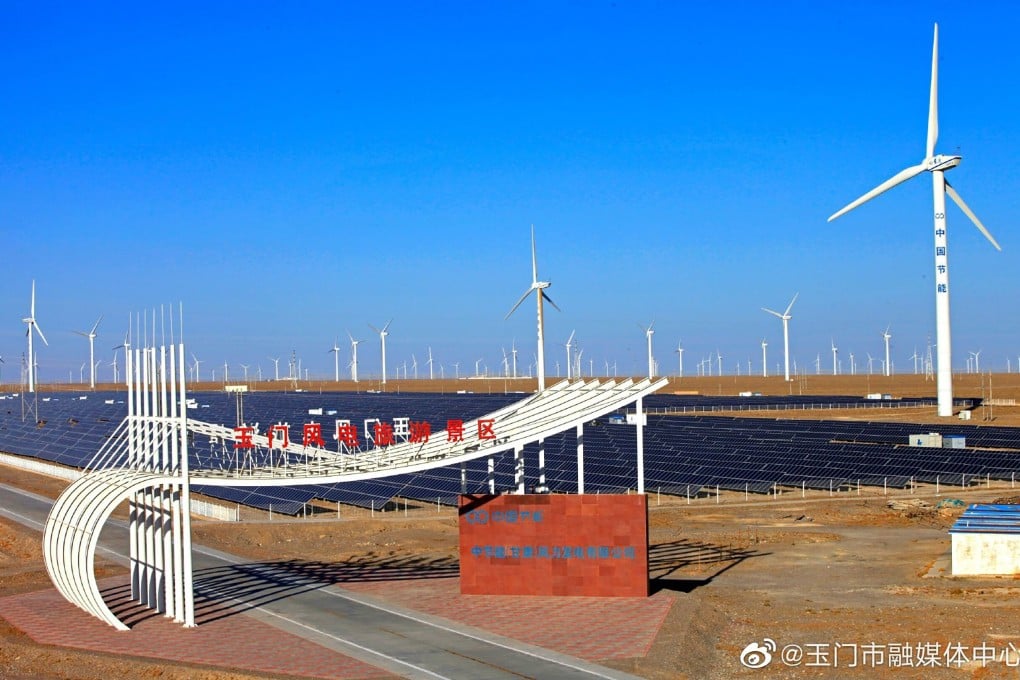Why has China’s poorest province just built world’s largest wind farm?
- Gansu had to fight to complete the farm after past oversupply issues, with remoteness and desert landscape among the challenges
- Local official says the plant ‘turned the lifeless Gobi Desert into an unlimited chamber of treasure’, but much depends on demand for its electricity

Completed last month in the Gobi Desert in the landlocked province of Gansu, which has the country’s lowest GDP per capita, the 100 billion yuan (US$15 billion) project was delayed for four years by the central government over high investment risks after previous plants there hit trouble.
But putting the world’s largest wind farm in a distant desert location creates challenges regarding its efficiency and the demand for its electricity.

01:21
Critics query green credentials of world’s second-largest hydroelectric dam after speedy build
According to the provincial government’s latest plans, the wind farm’s capacity will double to 20GW by 2025. It is projected that it will help to cut Gansu’s fossil fuel use in electricity production to 35 per cent, making it one of the greenest provinces in China.